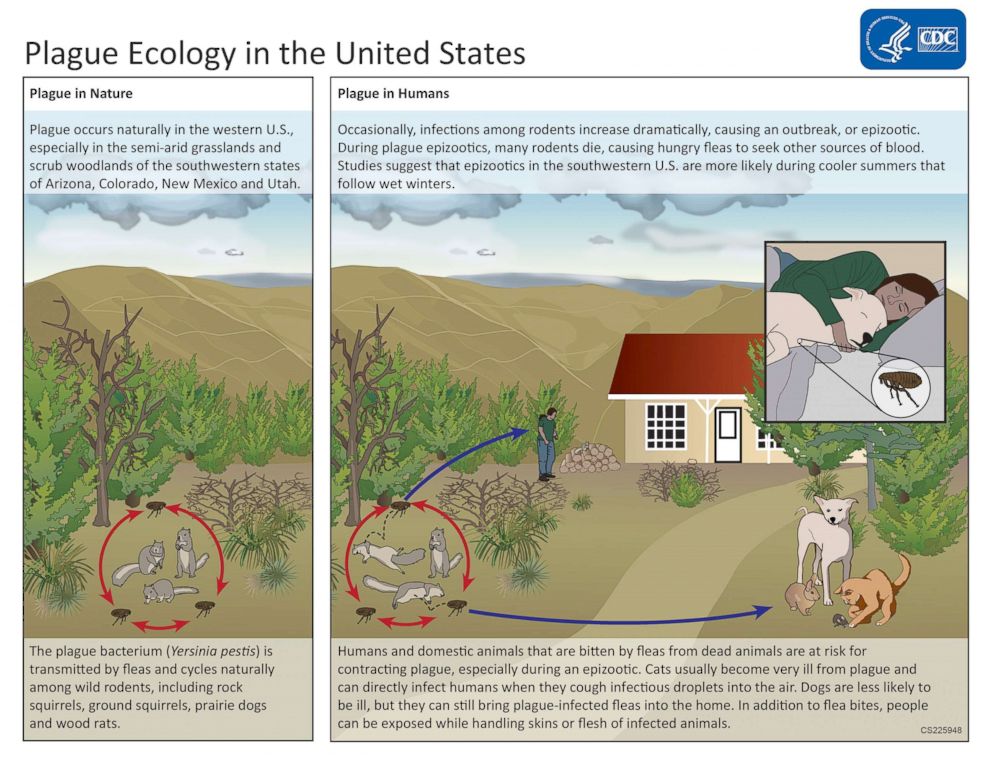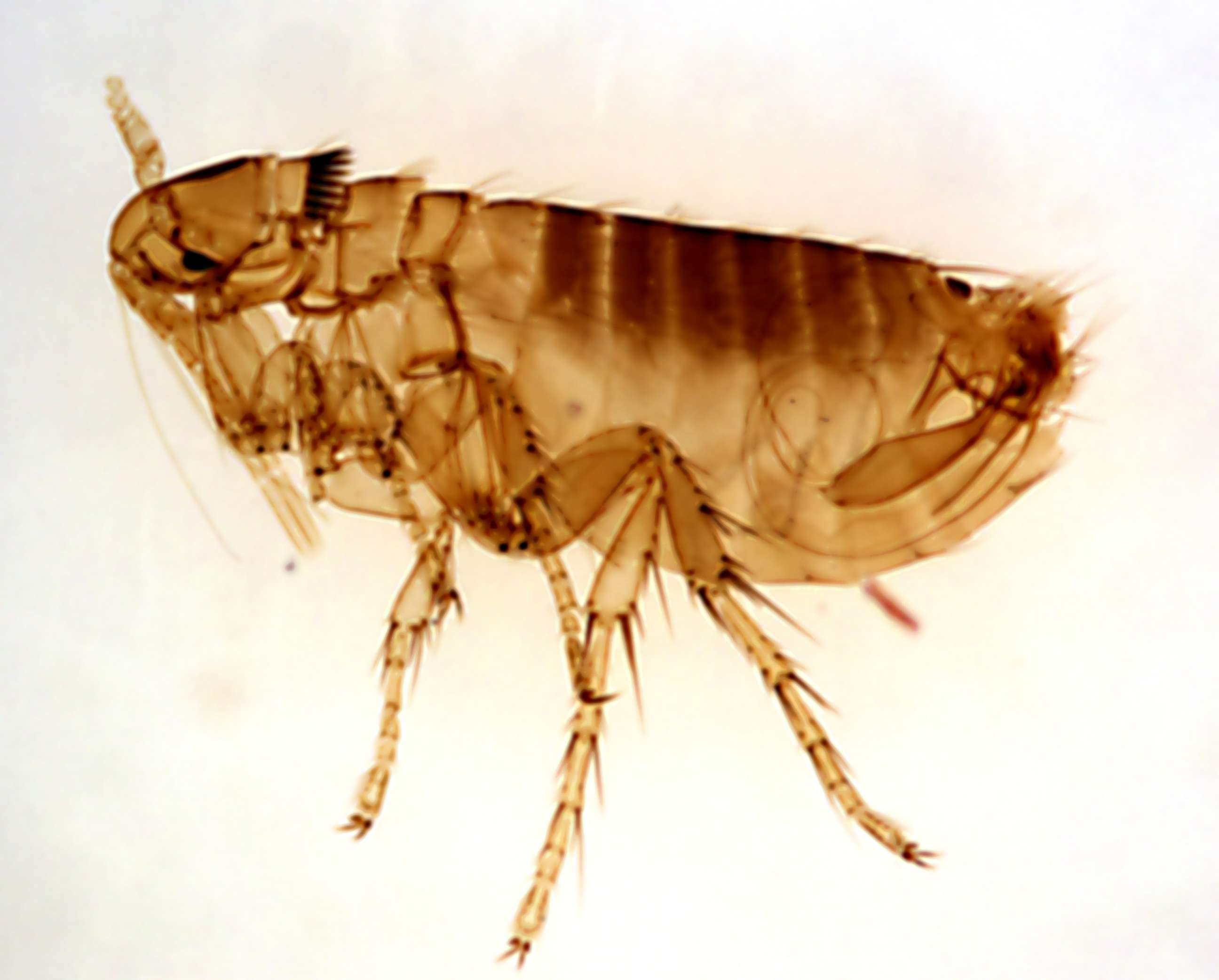Child in Idaho recovering from the plague, the state's second case since 1990: Officials
About seven people in the U.S. get the plague every year, the CDC says.
A child in Idaho is recovering after contracting the plague -- a disease often associated with the "Black Death" that killed millions in Medeival Europe, but still exists in a few different forms.
The child could have been exposed to the disease in Idaho or during a recent trip to Oregon, Central District Health Department said in a statement.
The child -- whose age and gender have not been disclosed -- is recovering after receiving antibiotics, the agency said, and other people are not at risk.
Modern antibiotics can effectively treat this form of the plague. But without quick treatment, it can lead to serious illness or death, according to the Centers for Disease Control and Prevention.

The child lives in Elmore County, where plague has been identified in ground squirrels, but "this season, no ground squirrel die offs or unusual behavior has been reported by state wildlife officials," Central District Health said.
About seven people in the U.S. are infected every year, usually after being bitten by a rodent flea or an infected animal, according to the CDC.

Since 1990, there have been eight cases of the plague in Oregon and two in Idaho; the disease has historically been found in wildlife in both states, according to the Central District Health Department in Idaho.
Symptoms usually appear within two to six days of exposure and include fever, chills, headache and weakness, as well as swelling of the lymph node in the groin, armpit or neck, health officials said.
Central District Health Department epidemiologist Dr. Sarah Correll recommends that people wear insect repellent, long pants and socks when in plague-affected areas.




